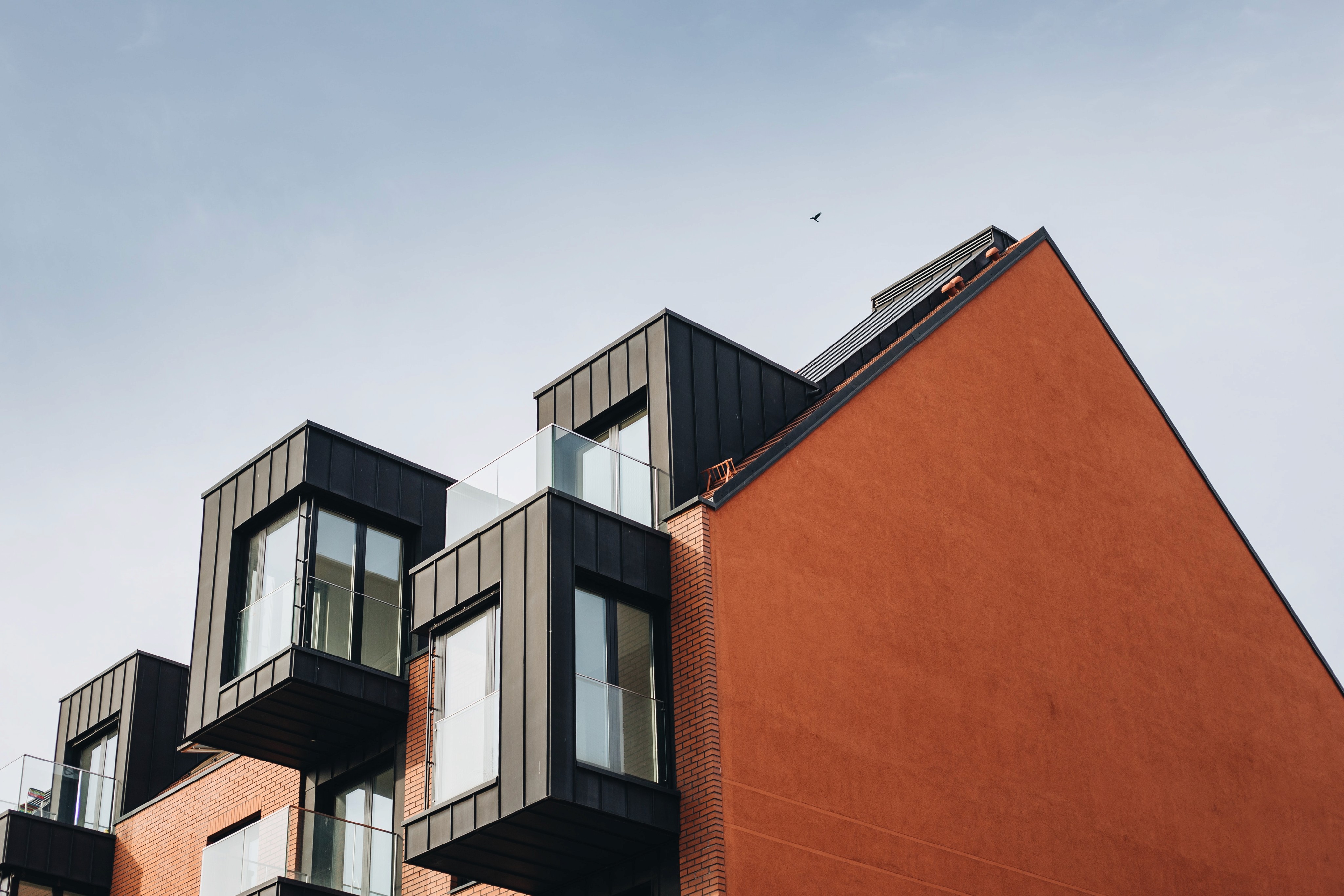Culver City Housing Debate

At the Culver City Council Meeting on January 24, 2022, the City Council passed the most recent version of the General Plan 2045: 2021-2029 Housing Element Update by a vote of 3-2. The plan updates many Culver City housing laws to help with the current housing and homelessness crises in the city. While most citizens agree with many of the plan’s updated laws, there is a very controversial (heavily debated) element to the plan: “Measure 4: Programs to Facilitate Additional Housing.” This measure, often called the “upzoning” or “R4” measure, would replace all residential (home) units in Culver City that are currently zoned as “R1” to “R4.” Most lots in Culver City today are R1, meaning that only one housing unit can be built on that piece of land. If the Housing Plan is approved by the State of California, all lots that currently only allow one house to be built on them would now allow four homes to be built on them. This measure would greatly change the layout and even population of Culver City since more possible houses could mean more people living in the city. Some people see this as necessary due to the current housing shortage in Culver City; however, others see the plan as poorly thought-through.
Those in favor of Measure 4 argue:
The average home in Culver City currently costs $1.3 million, meaning that typically, only white, wealthy families can afford them, which excludes the majority of the population. This measure would allow for a culturally, racially, and economically diverse community that manages growth to prevent displacement (having to move away) and provide affordable housing.
Those against Measure 4 argue:
The measure does not require new houses to have any required parking spaces, meaning that a lot that now has four houses may have eight cars that need to be parked on the street, which would create a parking crisis. The plan doesn't specify that any of the new houses will have to be sold at affordable rates for low-income residents; the new houses being built will be sold at the highest prices possible, so new multi-unit houses would not be cheap enough to bring the diversity that the Housing Element Update wants.

